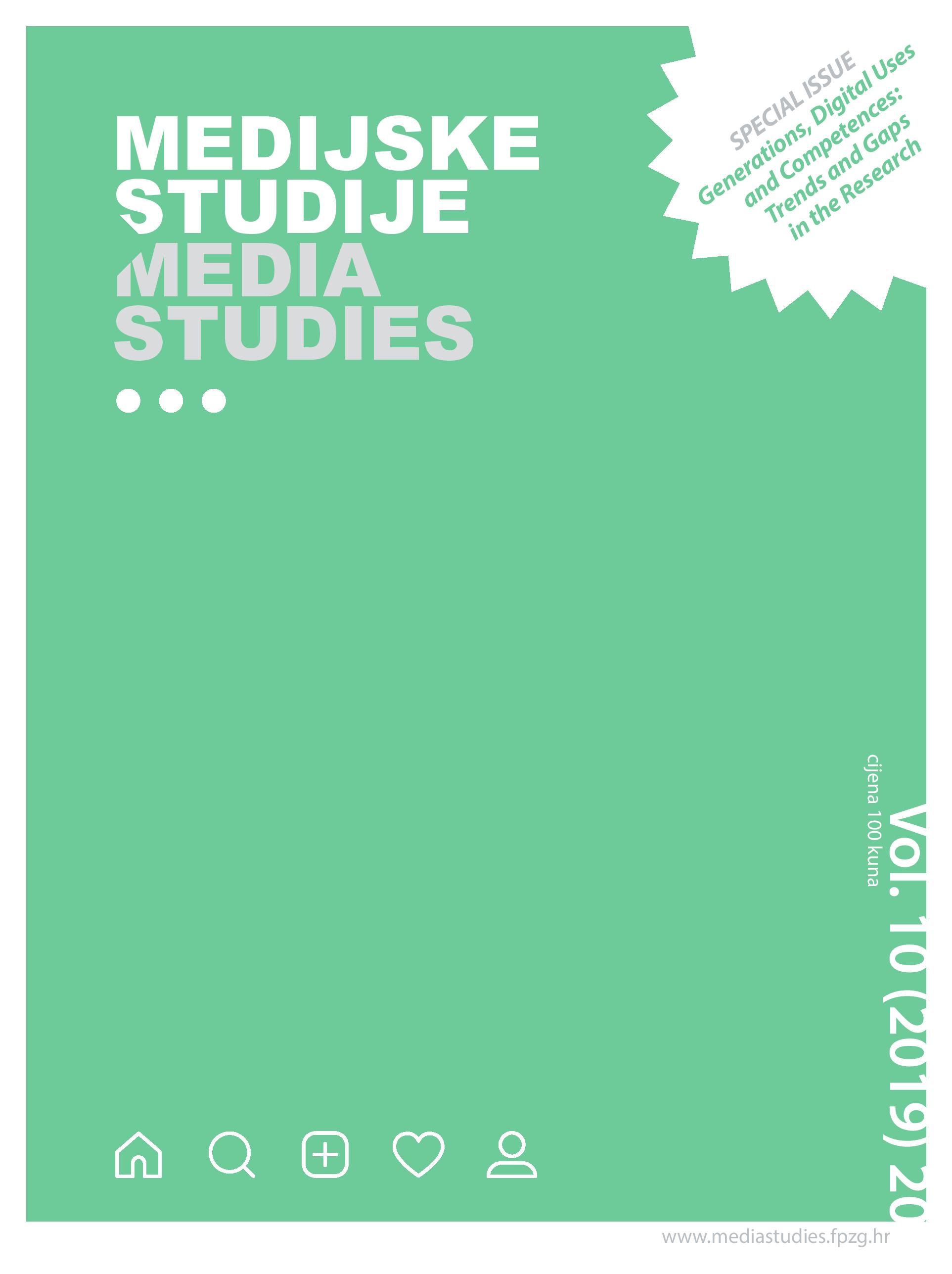Generational Patterns of Digital News Consumption
From Traditionalists to Millennial Minimalists
Keywords:
audience, fragmentation, news repertoires, generations, political interestAbstract
Digital high-choice media environments (Prior, 2007; Van Aelst et al., 2017) lead to fragmented and polarized news consumption. The concept of news repertoires was introduced to analyze media use in a cross-media environment. News repertoires were found to be diverse across countries, to be dependent on age groups, socioeconomic status, and to have effects on political knowledge and participation (Diehl et al., 2018; Edgerly et al., 2018; Strömbäck et al., 2018; Wolfsfeld et al., 2016). The aim of this study is to identify different news repertoires in Croatia and to test the effects of generational belonging and socioeconomic status on the formation of these repertoires. It has been shown over time that age and political interest are more important predictors of increasingly diversified and polarized news consumption (Bergström et al., 2019; Strömbäck et al., 2013). This study discusses the interplay of sociodemographic factors and political interest in driving news consumption across different generations. The analysis is based on data from Reuters Digital News Survey conducted in Croatia in 2018. Latent class analysis is used to identify news repertoires and the covariates which form them. The analysis resulted in identifying five news repertoires: minimalists, digital-born users, traditionalists, commercial media users and eclectics.
Downloads
Published
Issue
Section
License
Copyright (c) 2020 Dina Vozab

This work is licensed under a Creative Commons Attribution-NonCommercial-NoDerivatives 4.0 International License.
The author (or authors) is the copyright holder and retains publishing rights. Medijske studije journal is under the CC (Creative Commons) licence.
CC BY-NC-ND


